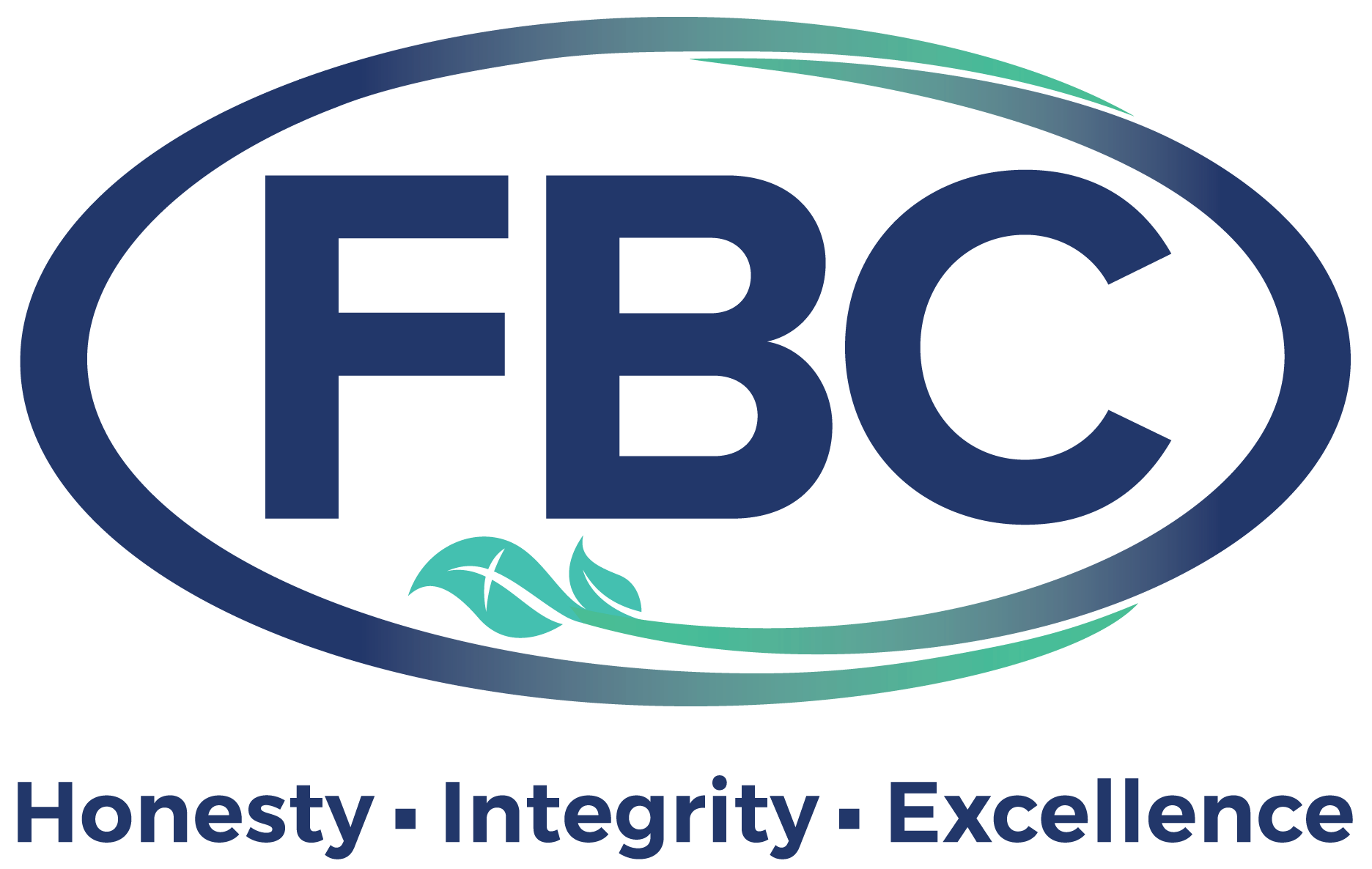Emergency Savings Accounts are quickly becoming a must-have benefit in 2025. To many workers, this makes sense now more than ever. Plus, it’s beneficial for both employees and employers.
Consider this: What if one small change to your benefits plan could help your team avoid debt, feel less stress, and stay with your company longer? What if Emergency Savings Accounts could do all that—without adding extra work for your HR team?
At FBC, we work with businesses all over Arizona. We’ve seen how the right financial wellness program can truly help employees—and the company. Right now, Emergency Savings Accounts (or ESAs) are leading the way. And it’s not just large companies using them. Small and mid-size businesses are also adding ESAs, and it’s paying off.
Let’s explain why ESAs matter. We will also explain how they work and how your HR team can set them up using automated tools.
What Are Emergency Savings Accounts (ESAs)?
Emergency Savings Accounts help workers save money for life’s unexpected expenses. These include things like:
- Car repairs
- Hospital bills
- Sudden rent hikes
With an ESA, employees don’t have to use their retirement savings or go into credit card debt to cover these bills.
Most ESAs are set up as post-tax accounts linked directly to payroll. Employees can opt-in to have a small amount deducted automatically each pay period. Some employers choose to match those contributions, similar to a 401(k), but on a smaller scale.
It’s a simple idea: build savings gradually in a way that doesn’t feel like a burden.
How Are They Different from HSAs and 401(k)s?
Unlike Health Savings Accounts (HSAs), ESAs aren’t limited to medical expenses. And unlike 401(k)s, there are no penalties for withdrawing funds early. That flexibility makes ESAs a smart complement to your existing benefits—not a replacement.
Employees can access their money whenever they need it, no questions asked. It’s their money, just saved in a smarter, safer way.
Why Emergency Savings Accounts Matter in 2025
Rising Financial Stress Among Workers
More than half of U.S. workers live paycheck to paycheck—even those with higher incomes. HR leaders tell the same stories again and again. Employees stressed about money at home regularly:
- Ask for payday advances
- Borrow from their 401(k)
- Show signs of burnout
Financial stress doesn’t stay at home—it walks through your office doors every morning. It leads to absenteeism, distraction, and turnover.
Emergency Savings Accounts can help employees breathe a little easier. And when they’re less stressed, they show up stronger at work.
Legislative Momentum and Government Support
Over the past year, federal lawmakers have pushed for more employers to offer emergency savings programs. Some new bills suggest giving tax advantages for emergency savings programs. Others would let workers link ESAs to their retirement plans through automatic enrollment.
That tells us one thing: ESAs aren’t a passing trend. They’re gaining policy traction—and smart companies are getting ahead of the curve.
Employer Benefits of Offering Emergency Savings Accounts
Improved Retention and Productivity
When employees know they have a cushion for emergencies, they’re more focused. That makes them less likely to leave for a better benefits package. According to recent surveys, workers rank financial wellness programs as a top factor in job satisfaction.
Imagine your firm launches an ESA pilot program. Within six months, you could see a noticeable drop in absenteeism.
Competitive Advantage Without Big Costs
In a tight labor market, ESAs help you stand out. They show employees you care about their real-life challenges—not just their retirement 30 years from now.
And the good news? They’re not expensive. You can set contribution limits that fit your budget. You could even offer non-financial incentives like raffles or early access to wages for savers.
How to Set Up an Emergency Savings Account Program
Key Emergency Savings Account Features to Consider
To make your ESA program successful, consider these options:
- Payroll deductions: Make saving automatic and painless
- Opt-in vs. auto-enrollment: Auto-enrollment increases participation
- Contribution matching: Even a 1:1 match on the first $50/month can drive engagement
- Withdrawal rules: Keep them simple—flexibility is key
Choosing the Right Technology Partner
This is where automation can save your team a lot of time. Look for a benefits platform that:
- Integrates with your payroll and HRIS
- Allows real-time tracking and employee dashboards
- Offers alerts, education, and savings tips to drive usage
- Handles compliance and recordkeeping
At FBC, we help clients evaluate solutions that align with their size and goals. The right tech makes launching an ESA easier than you think. Plus, it frees up HR to focus on strategy, not spreadsheets.
Communicating the Value of Emergency Savings Accounts to Employees
Education and Onboarding Strategies
Employees won’t use what they don’t understand. Make education part of your launch plan:
- Hold brief “lunch and learn” sessions
- Send short, friendly email explainers
- Use real-life examples of how ESAs can help (e.g., “a flat tire, not a crisis”)
Use plain language. Emphasize that it’s optional, private, and meant to make their lives easier.
Measuring Success and ROI
Track these indicators:
- Enrollment and participation rates
- Number of withdrawals vs. contribution growth
- Employee satisfaction surveys and feedback
- Reduction in 401(k) loans or wage advance requests
For many HR managers, their ESA programs become “the most appreciated benefit no one asked for.” Sometimes, solving a problem employees didn’t know they had creates the biggest win.
Emergency Savings Accounts: Key Points
- Emergency Savings Accounts help employees prepare for the unexpected—without touching retirement funds or racking up debt.
- In 2025, more employers are adopting ESAs in response to financial stress, talent competition, and shifting regulations.
- Automation makes it easier for HR teams to offer ESAs with minimal admin burden.
- ESAs aren’t just a benefit—they’re a message that says, “we’ve got your back.”
- If you’re reviewing your benefits strategy, now’s the time to add short-term financial wellness to the conversation.
If you’re wondering how to keep up with new savings programs, you’re not alone. At FBC, we help employers navigate changes like emergency savings accounts every day. With smart planning and the right support, you can stay ahead without overwhelming your team or your budget.Let’s make 2025 the year we bring stability to financial wellness at work. Ready to learn more? Contact us today.

